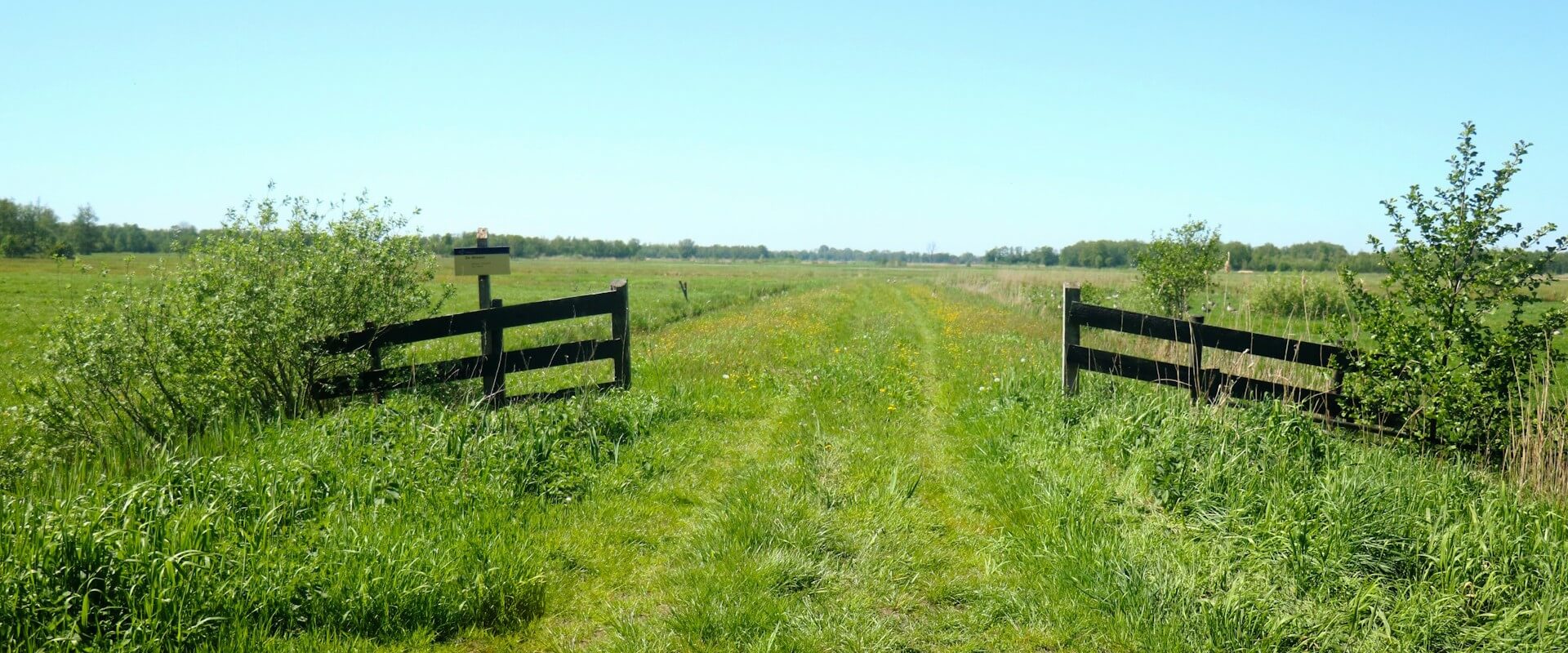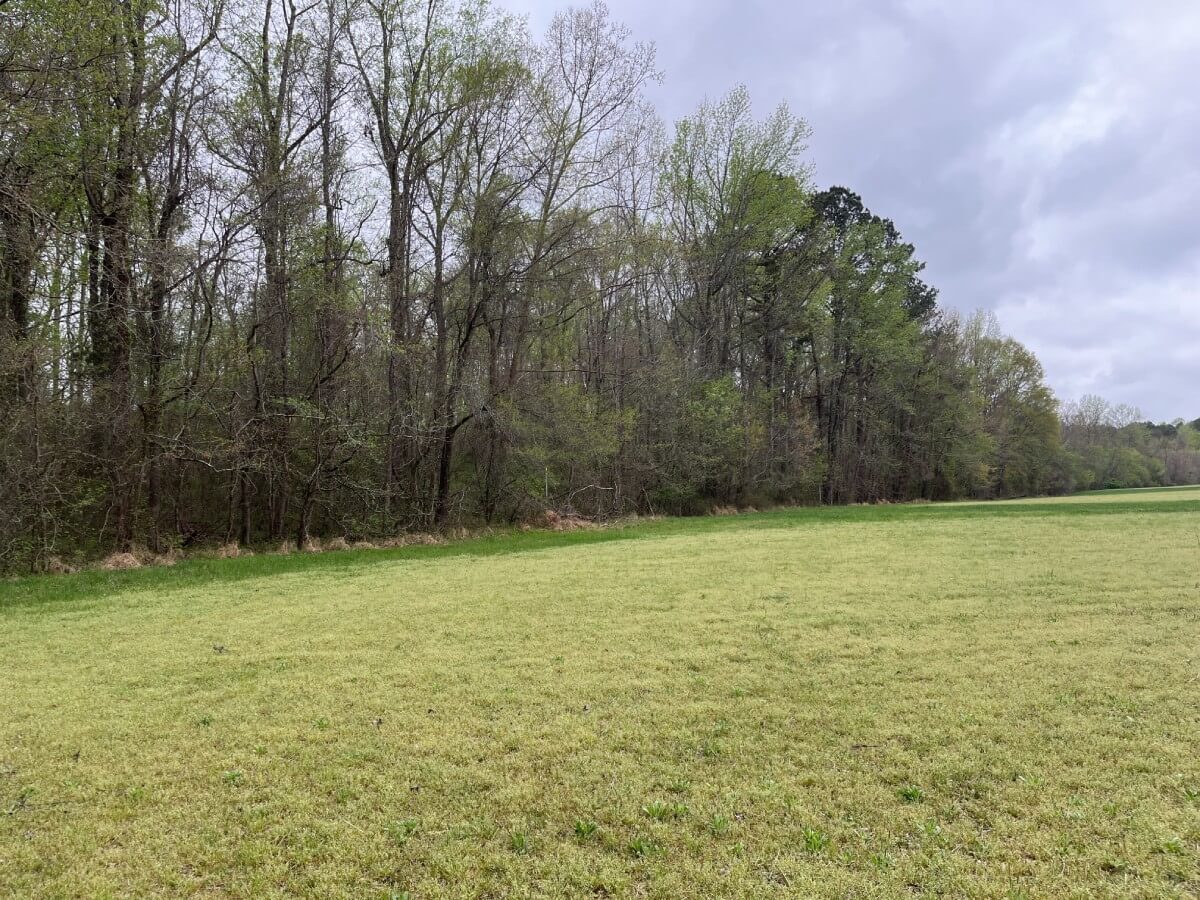A conservation easement can be a desirable tool in very specific instances where landowner, land management and fiscal goals meet. They are a unique solution for many landowners who wish to conserve and protect their investment in their land and natural resources while still being able to utilize the land for agriculture and in some cases limited development as well as more passive uses such as recreation, education, and research.
What is a Conservation Easement?
A conservation easement is a voluntary legal agreement designed to protect and preserve land for future generations by restricting certain types of land development, subdivision, and use in perpetuity.
Typically established between a landowner and a conservation organization or government entity, a conservation easement ensures the land remains in its natural or intended state, even if ownership changes hands.
The core of a conservation easement is its focus on multiple conservation values if possible, these values can include:
- Natural Habitat
- Agriculture
- Scenic Open Space
- Recreational
- Educational
Conservation easements allow landowners to continue using their property in ways compatible with conservation goals, such as farming, forest management or recreational activities. They also limit activities that could damage the land, like commercial development or other intensive and incompatible land uses.
Conservation easements are somewhat flexible and can be tailored to meet the landowner's and conservation organization's specific needs and goals. For example, they could allow for:
- Agricultural structures and other infrastructure.
- Limited residential development.
- Economic activities related to agriculture and/or recreation.
- Stream, wetland and endangered species mitigation banks.
This adaptability makes conservation easements a versatile tool in land conservation.
Conservation Easements are Permanent
One key benefit of conservation easements is their permanence. Once established, the conservation easement remains in effect regardless of changes in property ownership, ensuring long-term protection of the land's conservation values.
Conservation Easements and Financial Incentives
Conservation easements often provide financial incentives for landowners. These might include tax benefits, such as income tax deductions based on the easement's value or reductions in property taxes. These incentives make it more feasible for landowners to commit to conservation while still having the resources to manage their property.
How Long Have Conservation Easements Been Around?
Conservation easements have existed since the early 20th century. The concept began to take shape in the United States as a method of preserving land while allowing for continued private ownership.
The first modern conservation easement, known as the "Green Mountain Easement," was established in 1964. It was facilitated by the Vermont-based conservation organization, the Green Mountain Club. This early agreement was designed to protect the Green Mountains from development.
Originally, conservation easements were referred to as "negative easements" or "conservation servitudes." These terms reflected their function of restricting specific uses of the land to ensure its protection.
The movement gained momentum in the 1960s and 1970s, driven by growing environmental awareness and advocacy from conservation groups and visionary landowners.
Key figures in this movement included pioneers like Charles E. Fraser and the Land Trust Alliance, which played a significant role in formalizing and promoting conservation easements as a legal and practical tool for land preservation.
Today, conservation easements are widely recognized and used worldwide to safeguard natural landscapes, cultural and historic sites, agricultural systems, and biodiversity.
How Common are Conservation Easements?
Conservation easements have become increasingly common in the United States as a prominent tool for land conservation. Their use has expanded significantly since the 1960s, reflecting a growing awareness of private landowner’s interest and passion in protecting land from development and other incompatible uses.
According to recent estimates, over 70,000 conservation easements protect approximately 37 million acres of land across the United States. This figure continues to grow as more landowners and conservation organizations recognize the benefits of these agreements.
Certain states have notably high concentrations of conservation easements. With its significant conservation needs due to ever-expanding development, California leads the nation with the largest number of easements, covering vast areas of its varied environments.
Colorado and Montana also have a substantial number and scale of conservation easements that reflect the very real risk of development to their vast rural areas.
Typically where development pressures exist, you will find more conservation easements since they are a good tool to help control urban/suburban/commercial sprawl across the landscape.
How Do Conservation Easements Benefit Landowners?
A landowner might consider a conservation easement for several reasons.
First, conservation easements allow landowners to protect their land's natural, scenic, or historic value. It works well for a landowner who has a deep connection to the land and wants to ensure that it remains undeveloped or preserved for future generations.
It legally restricts specific development or activities, helping maintain the land's ecological integrity or cultural significance.
Financial benefits also play a significant role. By placing a conservation easement on their property, landowners can secure federal, state, and local tax benefits. Other financial benefits include income tax deductions and reductions in property and estate taxes.
These financial incentives make conservation easements an attractive option. It offers options for those looking to manage their estate planning or reduce tax liabilities.
Additionally, conservation easements offer flexibility. Landowners can tailor the terms of the easement to their specific goals and needs, allowing for:
- continued agricultural use
- limited development
- other activities that align with their vision for the land
This customization helps landowners retain ownership and use of the property while protecting its conservation values.
Lastly, some landowners are motivated by the opportunity to contribute to broader conservation efforts. By protecting their land, they can help preserve:
- wildlife habitats
- maintain water quality
- combat climate change
For those who prioritize environmental stewardship, a conservation easement provides a meaningful way to support these goals.
Overall, a conservation easement offers a balanced approach, allowing landowners to protect their land's values while benefiting from financial incentives and leaving a positive legacy.
Conclusion
The use of conservation easements is growing. This increase is driven by a combination of factors, including heightened awareness of land use changes, incentives such as tax benefits, and a growing and robust network of land trusts and conservation organizations.
Conservation easements offer a flexible, effective way to protect land from development while allowing landowners to retain ownership and management rights.
As conservation priorities continue to evolve, conservation easements are expected to expand further, contributing to the preservation of critical resources across the country.
Recognizing the threat of rapid land use changes along with the degradation of our aquatic and terrestrial systems, Unique Places to Save supports solutions that reflect a balance between the preservation of valuable natural resources and continued economic growth. This balance ensures that we help sustain our communities for generations to come.
About the Author
Michael brings nearly 20 years of experience to his role as Trusted Conservation Advisor at Unique Places to Save. He has worked to conserve over 200,000 acres across the U.S. while securing over $200M in funding and transacting $500M in land and other real estate.
Learn MoreWe are a trusted partner for real estate agents to integrate conservation into their development strategy
Learn More






